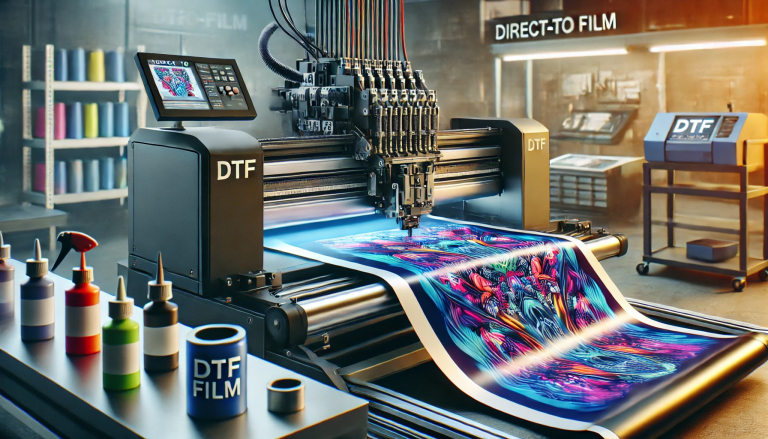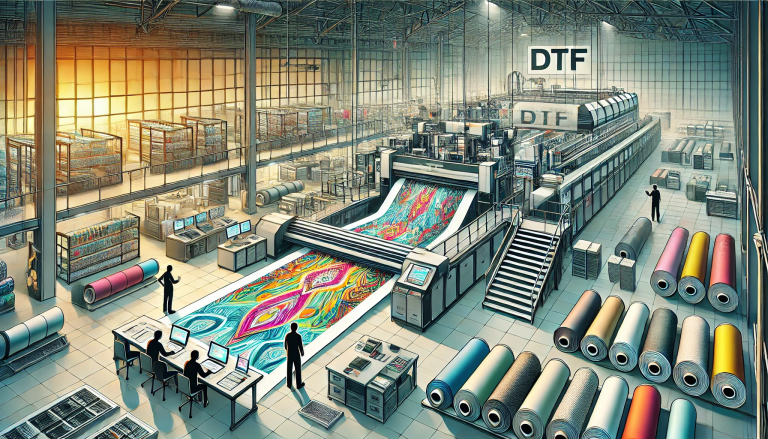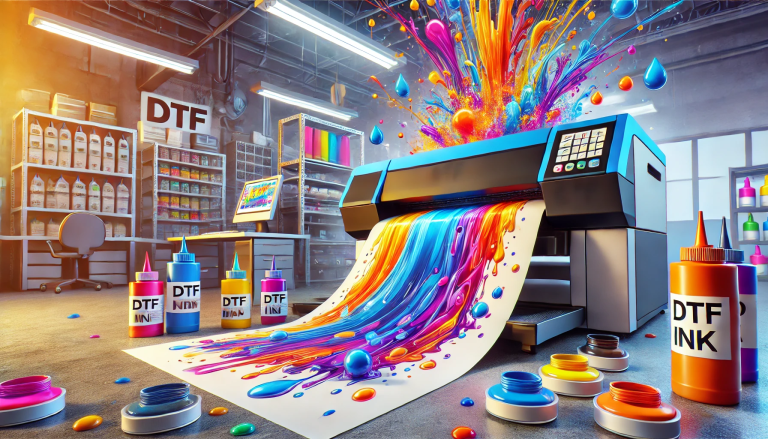The textile industry has undergone a series of remarkable transformations over the centuries, from handloom weaving to the mechanized looms of the Industrial Revolution. Today, we are on the brink of another significant leap forward with advancements in digital technology. Revolutionizing textile printing is not just about enhancing the quality and efficiency of the printing process but also about enabling new possibilities in design, sustainability, and market responsiveness.
The Digital Shift
Traditional textile printing methods, such as screen printing and rotary printing, have dominated the industry for decades. These methods, while reliable, come with limitations. They require significant setup times, are less flexible in terms of design changes, and often involve considerable waste of materials and chemicals. The advent of digital textile printing has begun to address these issues, revolutionizing textile printing in unprecedented ways.
Digital textile printing uses inkjet technology to apply designs directly onto fabric. This process eliminates the need for screens and plates, making it much faster and more adaptable. Designers can now make last-minute changes to their patterns without incurring additional costs or delays. This flexibility is particularly beneficial in today’s fast-paced fashion industry, where trends can change almost overnight.
Sustainability and Environmental Impact
One of the most pressing concerns in the textile industry is its environmental footprint. Traditional printing techniques consume vast amounts of water and generate significant waste. Digital textile printing offers a more sustainable alternative. Since it uses precise amounts of ink and can operate on a just-in-time basis, it significantly reduces water and chemical usage.
Moreover, digital printing allows for smaller production runs, which means manufacturers can produce only what is needed, thus minimizing excess inventory and waste. This shift towards on-demand production aligns with the growing consumer demand for sustainable and ethically produced goods. Brands that adopt digital printing can market themselves as environmentally conscious, appealing to a new generation of eco-aware consumers.
Innovation in Design
The versatility of digital textile printing opens up a world of creative possibilities. Traditional methods are often limited by the number of colors that can be used and the complexity of the designs. Digital printing, however, is not constrained by these factors. It can produce intricate, multicolored patterns with photographic quality, enabling designers to experiment with more elaborate and detailed creations.
Furthermore, digital printing allows for the customization of designs. This capability is particularly valuable in the age of personalization, where consumers increasingly seek unique, tailor-made products. From custom clothing to personalized home textiles, digital printing can cater to diverse market demands, setting brands apart in a competitive landscape.
Economic Benefits
The efficiency and flexibility of digital textile printing translate into significant economic advantages. By reducing setup times and material waste, manufacturers can lower their production costs. The ability to produce small, customized batches on demand means less capital tied up in inventory. This lean manufacturing approach not only reduces financial risk but also enhances cash flow.
In addition, digital printing can speed up the time-to-market for new designs. Brands can quickly respond to emerging trends, launching new collections in a fraction of the time required by traditional methods. This agility is crucial in the fashion industry, where being first to market can be a significant competitive edge.
Challenges and Future Prospects
Despite its many advantages, digital textile printing is not without challenges. The initial investment in digital printing technology can be high, which may be a barrier for small and medium-sized enterprises. Additionally, there are technical challenges related to color consistency and fabric compatibility that need to be addressed to achieve the highest quality results.
However, as the technology matures and becomes more widely adopted, these challenges are likely to diminish. Continuous advancements in digital printing technology, including improvements in ink formulations and printing hardware, are making it more accessible and efficient. Moreover, as demand for sustainable and customized textiles grows, the industry is likely to see increased investment and innovation in this area.
Conclusion
Revolutionizing textile printing with digital technology is transforming the industry in profound ways. From enhancing design capabilities and reducing environmental impact to offering economic benefits and improving market responsiveness, digital textile printing represents the future of textile production. As the industry continues to evolve, embracing these advancements will be crucial for staying competitive and meeting the demands of modern consumers. The journey towards a more sustainable, efficient, and creative textile industry is well underway, and the potential for further innovation is vast.






